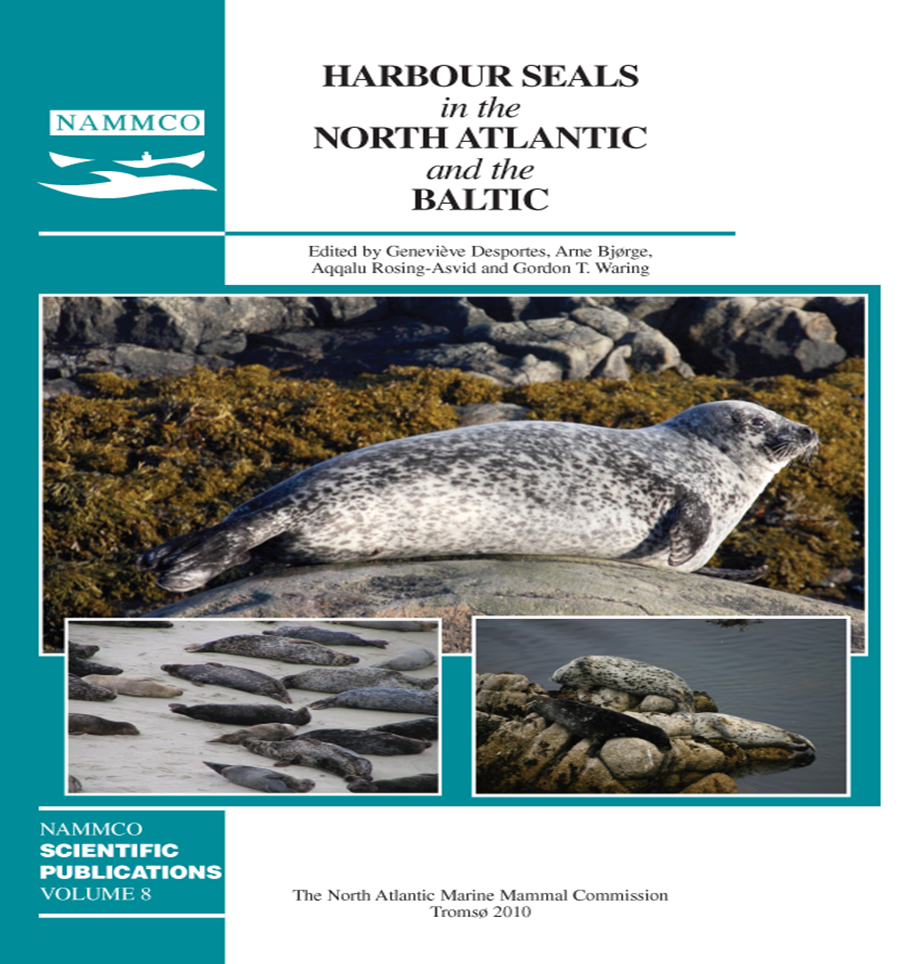Predicting recurrent PDV epizootics in European harbour seals (Phoca vitulina)
DOI:
https://doi.org/10.7557/3.2690Keywords:
harbour seals, epizootics, Phocine Distemper VirusAbstract
Phocine Distemper Virus (PDV) caused mass mortality in European harbour seals (Phoca vitulina) in 1988 and in 2002. Both epizootics likely originated from refugia in Arctic seals, where data indicate PDV hops among populations and species. The metapopulation structure of host populations is suggested to be the reason why PDV is preserved among Arctic seals, since the high rate of spread of PDV would require much larger panmictic populations to maintain an infection. The pattern of sudden outbreaks of PDVis also seen in grey seals (Halichoerus grypus), the only to date identified species that could act as a vector between Arctic and North Sea seal populations. Harbour seal populations along mainland Europe were below critical herd immunity levels by 3-5 years after the events, and thus vulnerable for new outbreaks, but historical data and the 14 years between the 2 epizootics suggest that harbour seals in the North Sea area are only rarely exposed to the infective agent. The risk for new outbreaks of the seal plague in North Sea harbour seals is likely linked to the dynamics of the disease in Arctic seal species as well asvector species.Downloads
Published
2010-09-01
How to Cite
Härkönen, T., & Harding, K. C. (2010). Predicting recurrent PDV epizootics in European harbour seals (<i>Phoca vitulina</i>). NAMMCO Scientific Publications, 8, 275–284. https://doi.org/10.7557/3.2690
Issue
Section
Articles





